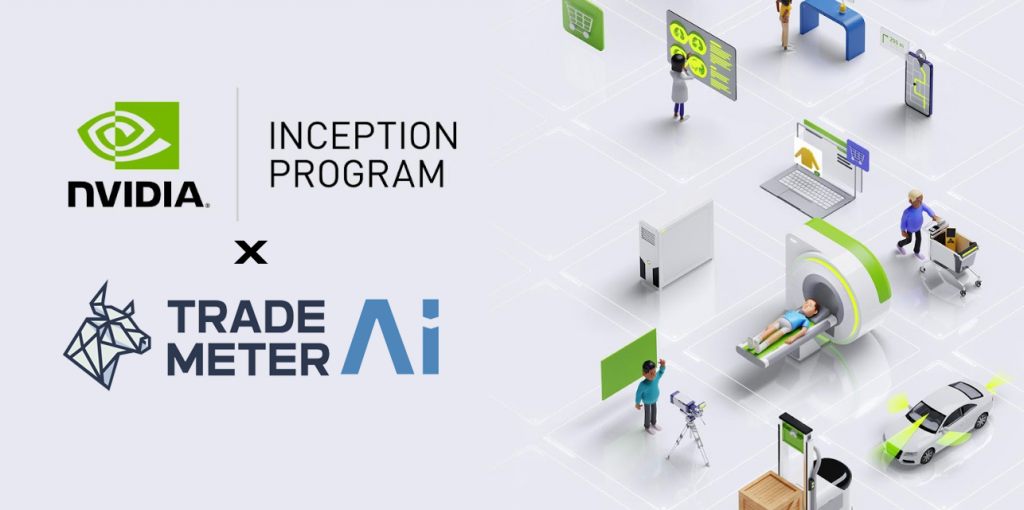Top 10 Tips To Backtesting Stock Trading From Penny To copyright
Backtesting is essential for optimizing AI strategies for trading stocks, especially in the copyright and penny markets, which are volatile. Here are 10 key points to make the most of backtesting.
1. Backtesting: What is it and what does it do?
Tip. Be aware that the process of backtesting helps to improve decision making by testing a particular strategy against previous data.
It's a good idea to ensure your strategy is working before investing real money.
2. Make use of high-quality historical data
Tip. Make sure that your previous data on volume, price, or other metrics is exact and complete.
Include information on corporate actions, splits, and delistings.
Make use of market data that is reflective of events such as halving and forks.
Why? Because high-quality data provides realistic results.
3. Simulate Realistic Trading Situations
Tips: Take into consideration slippage, transaction fees and the spread between price of bid and the asking price when backtesting.
The inability to recognize certain factors can cause one to set unrealistic expectations.
4. Test Across Multiple Market Conditions
Tips: Test your strategy with different markets, such as bear, bull, and sidesways trends.
Why: Strategies often respond differently in different circumstances.
5. Make sure you focus on the most important Metrics
Tip: Look at the results of various metrics, such as:
Win Rate ( percent) Percentage profit earned from trades.
Maximum Drawdown: Largest portfolio loss during backtesting.
Sharpe Ratio: Risk-adjusted return.
Why: These metrics can aid you in determining the potential risk and reward.
6. Avoid Overfitting
Tips. Make sure you aren't optimising your strategy to fit the historical data.
Testing with data from an un-sample (data that was not used in the optimization process)
By using simple, solid rules instead of complex models. Simple, robust rules instead of complex.
Why is this: Overfitting leads to low performance in the real world.
7. Include Transaction Latencies
Tips: Use time delay simulations to simulate the delay between the generation of trade signals and execution.
Take into consideration the exchange latency and network congestion when you are making your decision on your copyright.
What is the reason? The latency could affect the entry and exit points, particularly on fast-moving markets.
8. Test the Walk-Forward Ability
Divide historical data across multiple time periods
Training Period: Optimize the strategy.
Testing Period: Evaluate performance.
This method allows you to test the adaptability of your plan.
9. Combine forward testing with backtesting
Tip - Use strategies that have been backtested to simulate a live or demo environment.
What's the reason? It allows you to check whether your strategy is operating according to expectations, based on present market conditions.
10. Document and Reiterate
Tip: Keep detailed records regarding backtesting assumptions.
The reason: Documentation can help to refine strategies over time, and also identify patterns in the strategies that work.
Utilize backtesting tools effectively
Use QuantConnect, Backtrader or MetaTrader to automate and robustly backtest your trading.
Why: Advanced tools streamline processes and minimize human errors.
You can enhance the AI-based strategies you employ to be effective on the copyright market or penny stocks by following these tips. Read the best helpful hints for trading with ai for site tips including trading with ai, ai investment platform, best stock analysis website, free ai tool for stock market india, trading chart ai, smart stocks ai, ai trading, ai stock trading, copyright ai, best ai copyright and more.

Top 10 Tips To Choose And Research The Most Effective Ai Stock Picker.
It is crucial to select the best AI stock picker when it comes to investing and making predictions especially in volatile markets like the penny stock market and copyright. Here are 10 top suggestions for researching and selecting the most effective AI Stock Picker.
1. Evaluation of Performance History
Tips Look for AI-powered stock pickers who have demonstrated consistency in their performance on markets you are trading (penny securities or copyright).
Why: Historical performance provides an insight into the efficiency and the reliability of AI in different market conditions. Always check the performance metrics, such as annualized returns, winning rates and drawdowns.
2. Review the AI's Algorithms and Models
Tip - Understand the algorithms used by AI stockpicker. Machine learning, reinforcement learning, and deep learning are popular models.
Why: Different algorithms are more or less effective in relation to their asset class (stocks, copyright). Select the one which best fits your trading strategy.
3. Test the Backtesting Capabilities of the Platform
Tip: Make sure the AI platform is equipped with powerful backtesting capabilities that allow you to simulate trading with old data in order to determine its adequacy.
Backtesting is a way to test the ability of AI to make predictions the future based on past trading data. This helps reduce risk before applying it to live trades.
4. Analysis of data sources used by AI
Tip. Be sure your AI makes use of a variety of reliable data sources. This includes financial statements and market trends as well as news stories' sentiment and social media data.
What is the reason? To provide precise forecasts, AI must rely on unstructured and structured information. This is particularly important in the often fast and emotion-driven markets of copyright and penny stocks.
5. Transparency, explanation, and the importance of transparency should be given.
Tip: Look for platforms that offer transparency into the way their AI models take decisions (e.g. what factors influence stock selections).
The reason: Transparency is the key to efficient risk management. The more the AI is more transparent, the simpler it is to understand and trust its decision-making.
6. Take a look at the Risk Management Features
TIP: Make sure that the AI stockpicker includes risks management options such as take-profit and stop-loss control, position sizing and volatility control.
Why: Risk control is crucial to limit losses in markets where volatility can be very high, such as those of penny stocks as well as copyright currencies, which have rapid price swings.
7. Check Flexibleness and Customization
Tip: Select an AI stock selector which lets you to customize your strategies, risk preferences and trading conditions.
The reason: Customization will ensure that your AI is in line with your specific goals in trading. It's also crucial in dealing with small-scale markets, such as penny stocks or new copyright.
8. Integrate with multiple brokers and exchanges
Tip: Look for an AI picker that is compatible with a variety of stock brokers or copyright-exchanges. This allows you to perform trades in various ways.
The reason: integrating multiple platforms lets you trade on a broad range of markets, maximize your trading activities and not be restricted to a single exchange or broker.
9. Take into consideration Ressources and Customer Support
Tip: Research the level of support for customers and the educational resources offered by AI. AI platform. Find a platform that offers tutorials, documentation, and customer support.
Why: A reliable support team can assist you in solving problems fast. Education materials can allow you to better grasp the way AI functions and also the best strategies to improve trading strategies.
10. Cost-effectiveness and rates
Tips: Examine the AI stock-picker pricing structure to ensure it's in line with your budget.
The reason: AI can provide value at an an affordable price. Hidden fees such a commission fees, transaction charges or subscription charges could decrease your overall profit.
Bonus: Watch for Real-Time Updates and Alerts
TIP: Choose an AI platform which offers live updates, alerts, and notifications about possible stocks or copyright opportunities.
The reason is that real-time market data is essential for making quick decisions in volatile markets like those of copyright and penny stocks, where the market can change rapidly in just a few minutes.
Utilize these guidelines to find an AI-powered stock selection tool that matches your needs. It should offer predictive accuracy and risk management capabilities as well as the ability to customize. This strategy will help you make better decisions, whether you're looking for penny stocks, large cap equity or the fast-growing copyright market. Follow the top inciteai.com ai stocks for blog recommendations including ai trading, trading chart ai, best copyright prediction site, best stock analysis app, trading ai, trading with ai, copyright ai trading, best ai penny stocks, ai stock predictions, ai penny stocks and more.

Comments on “20 Great Reasons For Choosing Ai For Stock Trading”